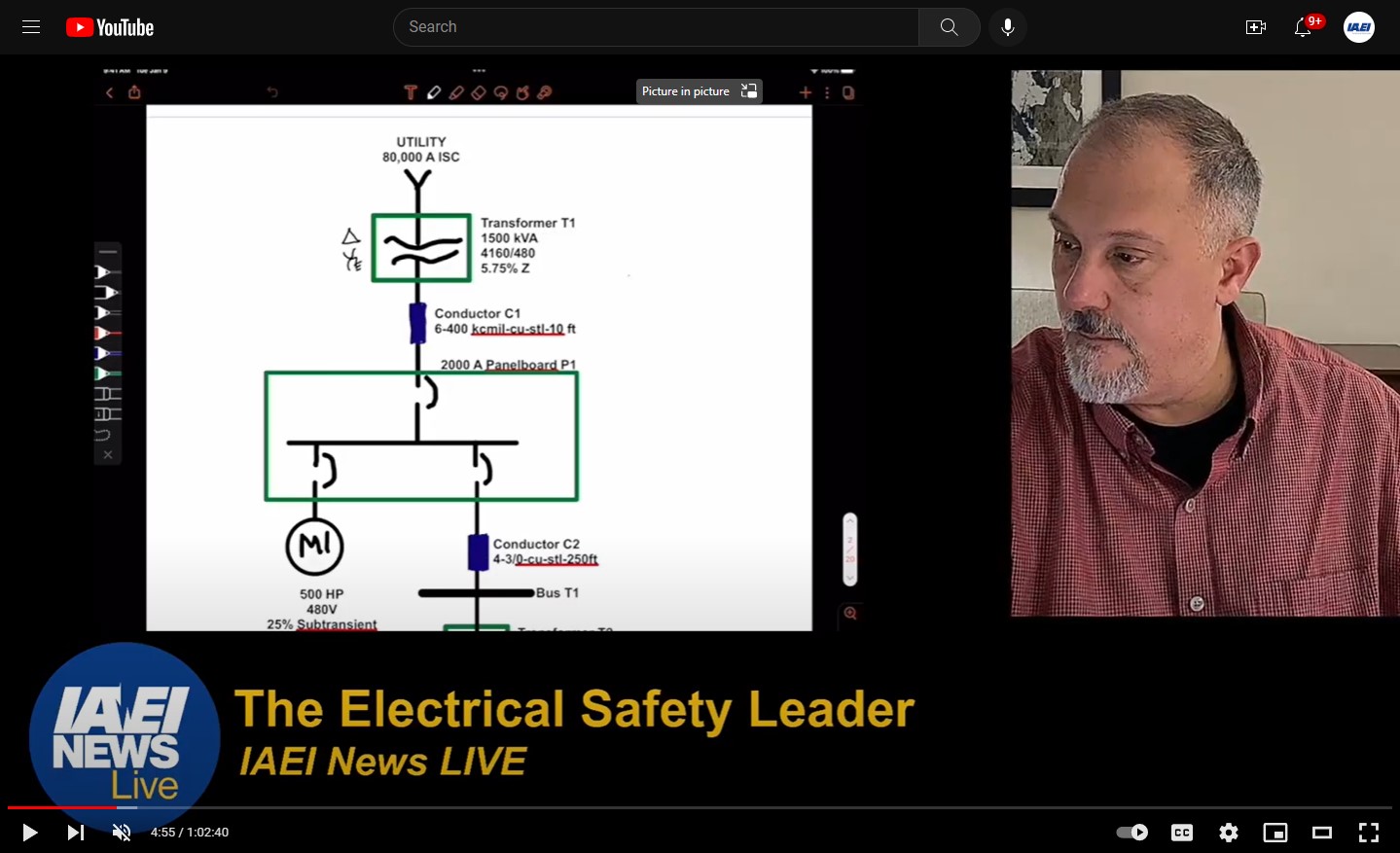Educational facilities now demand a new set of standards for the electrical designer. Colleges, technical schools and even new high schools now require a complex system of networking throughout the classrooms, offices, libraries and administration offices. Higher educational facilities offer classes over the internet or through teleconferencing with outreach campuses. Post 9/11 security issues also add to the mix. A typical data center will see many changes in its IT equipment with the evolution of servers, routers and mass storage devices. With all the information technology equipment required to provide all these services added to the UPS and HVAC systems required, the only logical choice is to provide design for an “Information Technology Equipment Room.”
In 1968, the National Electrical Coderecognized the unique nature of the data center when it published Article 645, Electronic Computer/Data Processing Equipment. It set out the ground rules for powering, wiring, interconnecting, and grounding mainframe computers in data centers. Many of these rules modified other sections of the NEC. In 1996, Article 645 was re-named Information Technology Equipment.
Computing has changed a lot over the years. Mainframe computers that primarily handled data were replaced with desktop computers and through data closets were networked together. As technology advanced and many other applications were utilizing computer technology, the need for a central ITE area was introduced. Today the mission critical operations for 911 centers, international banking functions, internet functions, fire alarm, security and system control demand a central fire-rated secure room to house this equipment.
Article 645 allows some leniencies
Article 645 in NEC-2005 discusses the requirements for information technology equipment (ITE). It is important to note that NEC chapters 1 through 4 are required for the design of electrical distribution systems. Chapters 5, 6 and 7 are for special conditions that apply to special occupancies and equipment. The rules are optional but if you choose to comply with the special requirements, you are allowed some code leniencies. These spaces typically require a significant number of additional requirements in order to be code-compliant.
An ITE room must meet the following conditions:
- It has an emergency power off (EPO) disconnecting means that complies with 645.10 (which we will address along with NEC-2008 changes in more detail, later).
- It has a separate HVAC system dedicated for information technology equipment or separated from other areas of the occupancy with fire and smoke dampers installed at the point of penetration to the room from common HVAC systems.
- The only equipment installed in the room is listed IT equipment (some exceptions were added in NEC-2008).
- The only occupants are people needed for the maintenance and functional operation of ITE.
- The room is separated from other occupancies by fire-resistant-rated walls, floors and ceilings with protected openings.
- It is an enclosed area specifically designed to comply with the construction and fire protection provisions of NFPA 75, Standard for the Protection of Electronic Computer/Data Processing Equipment. Applicable local building codes also apply.
- Where a raised floor is installed, smoke detectors below the floor must upon activation, automatically cease airflow below the raised floor.
There are two main leniencies granted by Article 645. First, non-plenum-rated cables are permitted below a raised floor. Second, listed IT equipment cables, boxes and the like are not required to be secured in place.
With the numerous IT cables that are required in a modern ITE room, it is obvious that these Code leniencies become major. That, coupled with the frequent interchange of cables and IT equipment, makes it good sense to include an ITE room as part of the building design.
First, install an emergency power off
One of the first and most essential requirements for information technology equipments rooms is the installation of a disconnecting means complying with 645.10. This emergency power off (EPO) is a safety mechanism and must be readily accessible and located at the principal exit doors, and be intended to power down an entire room of IT equipment in an emergency, in order to protect personnel and facilities. EPO can be used either by emergency responders or by equipment operators. Firefighters might use EPO as a quick way to guarantee that emergency responders are not exposed to dangerous voltage, or to eliminate electricity as a source of energy feeding combustion. The EPO must also shut down any HVAC equipment as well as any battery backup UPS systems.
IT managers dread EPO station devices. They see them as single points of failure. Unintentional hard shutdown has been documented to cost thousands of dollars to certain industries not to mention the lost connectivity with students, instructors and management. No such requirement exists for IT equipment installed in rooms compliant with chapters 1 through 4 of the NEC. The NEC-2008 amendment to 645.10(1) that permits zone disconnect means will actually improve safety because it will encourage instead of discourage the use of Article 645. This will give us a reasonable balance of safety and business continuity.
Second, meet certain conditions
Whole-room shutdown will not be required when certain conditions are met.
- Disconnect (EPO) is easily accessible and easily located to shut down the affected area of an IT space.
- Zones or spaces are clearly identified with signage acceptable to the authority having jurisdiction (AHJ).
- Documentation and staff training and procedures are in place.
- An approved method of preventing the spread of smoke beyond the perimeter of the zone or space has been determined.
This new method of zoning areas and selecting the proper EPO devices that prevent unintended use will help to prevent disruption of operations and give IT managers some piece of mind.
The second condition is having a separate HVAC system dedicated for the information technology equipment room. NEC-2002 amended this and allowed the HVAC system to be part of the building system, if fire/smoke dampers were provided at the point of penetration of the room boundary. Activation of underfloor detectors would automatically close the dampers. This amendment eliminated the cost of another complete HVAC system.
The third condition requires that only listed information technology equipment be installed in this room. NEC-2008 will amend this section with exceptions for lighting and controls, communications and monitoring systems for fire alarm, security and water detection, and power wiring for wall-mounted receptacles in accordance with chapters 1–4 of this Code.
The fourth condition is that occupants are people needed for the maintenance and functional operation of ITE. This condition is favorable to management.
The fifth condition is that the room be separated from other occupancies by fire-resistant-rated walls, floors, and ceilings with protected openings. This condition is also very favorable to management. Housing sensitive electronic equipment in fire-rated rooms with limited key card access does provide a sense of security for managers and IT professionals.
ITE rooms make good design
With recent amendments to Article 645, the old negative schools of thought about ITE rooms disappear. Information technology equipment rooms make good design. As educational facilities rely more and more on IT functions, it is imperative that these IT functions be reliable and remain up and running. Many facilities use the internet as the student bulletin board for posting grades, instructor communications and assignments; 24-hour access is demanded and expected. High-speed fiber optics link campus to campus across the county. With the World Wide Web, the world is a much smaller place. Keeping up with current and future technologies relies on our IT functions.
In conclusion, we must keep in mind that if an ITE room is in the building design, it must meet the conditions spelled out in Article 645. This puts additional burden on building inspection officials. It is very difficult to meet all the conditions listed, and the AHJ must be involved at the plan review point. If the project is completed correctly, the IT managers and owners will all benefit from safe, secure, dependable and easily expandable IT functions.














Find Us on Socials